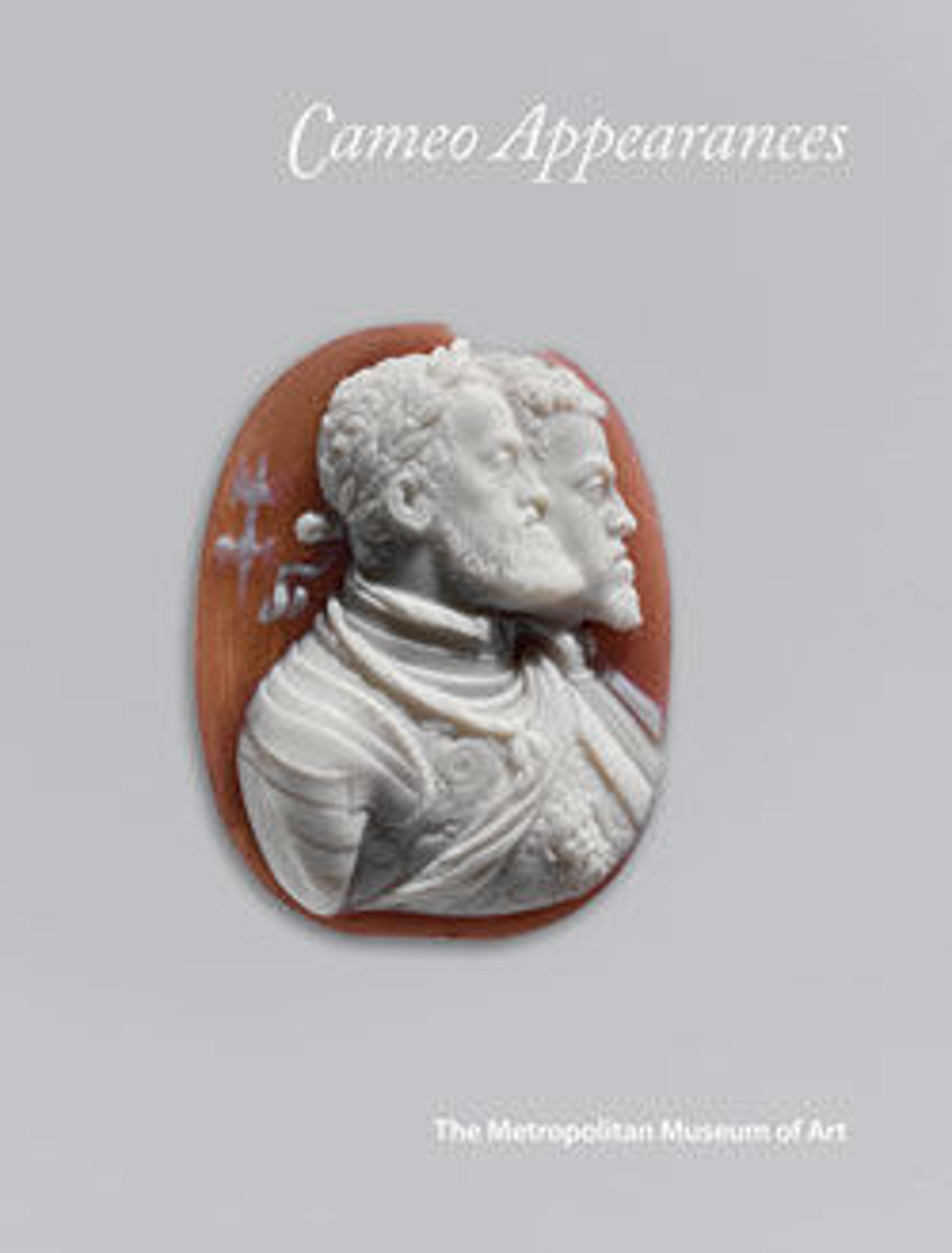Sardonyx cameo of a double capricorn with a portrait of the emperor Augustus
The cameo bears a medallion with a portrait of Augustus supported on the horns of a double-headed goat. The imagery represents the constellation Capricorn, which was adopted by the Emperor Augustus as his own lucky star sign and was used as an imperial symbol on such things as coins and legionary standards.
Artwork Details
- Title: Sardonyx cameo of a double capricorn with a portrait of the emperor Augustus
- Period: Early Imperial, Augustan
- Date: ca. 27 BCE–14 CE
- Culture: Roman
- Medium: Sardonyx, gold
- Dimensions: H. 1 1/8 in. (2.8 cm)
- Classification: Gems
- Credit Line: Gift of Milton Weil, 1929
- Object Number: 29.175.4
- Curatorial Department: Greek and Roman Art
More Artwork
Research Resources
The Met provides unparalleled resources for research and welcomes an international community of students and scholars. The Met's Open Access API is where creators and researchers can connect to the The Met collection. Open Access data and public domain images are available for unrestricted commercial and noncommercial use without permission or fee.
To request images under copyright and other restrictions, please use this Image Request form.
Feedback
We continue to research and examine historical and cultural context for objects in The Met collection. If you have comments or questions about this object record, please complete and submit this form. The Museum looks forward to receiving your comments.
